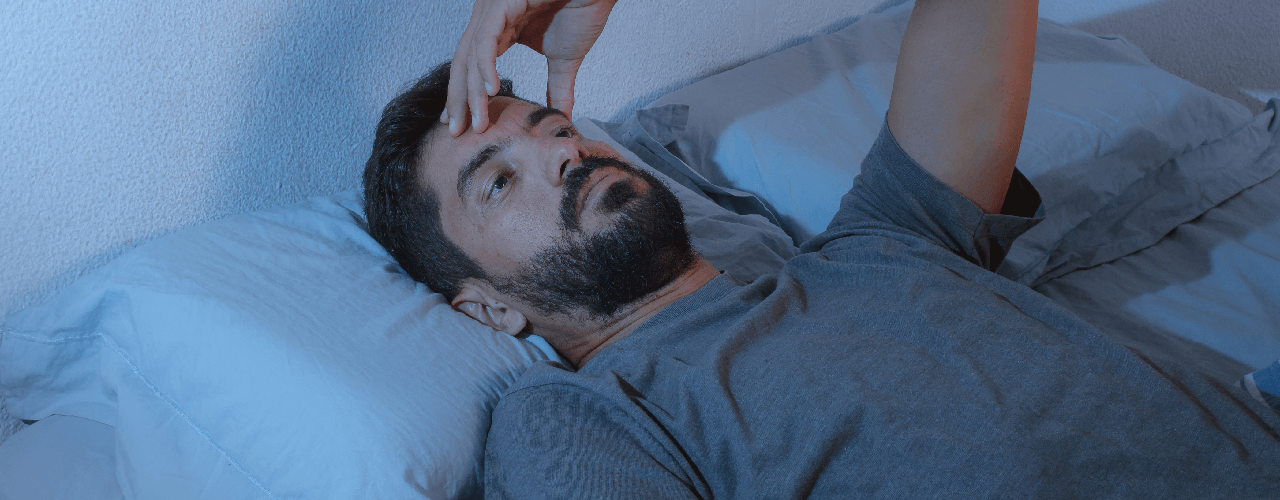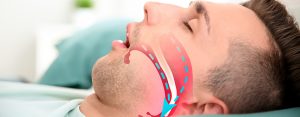Vamos falar um pouco sobre Dificuldade para dormir? Você ou alguém próximo tem esse problema? Você sabe que existem algumas doenças relacionadas a essa dificuldade? Uma noite de sono revigorante é um privilégio para poucos. Além da falta de tempo, o excesso de preocupações e responsabilidades com família e trabalho, doença e etc, fazem com que a pessoa não consiga dormir ou manter o sono.
A dificuldade para dormir é caracterizada pela dificuldade em iniciar ou manter o sono e pela sensação de não ter um sono reparador durante pelo menos um mês, causando prejuízo significativo na vida do indivíduo. A dificuldade para dormir também pode ser sintoma ou efeito colateral de algum problema, os mais comuns são os distúrbios do sono.
We will now explain how our sleep works so you understand what sleep disorders are. Sleep is divided into four phases, each one with its specific activity. These phases take place in cycles that last approximately 90-110 minutes each and repeat four to five times until we wake up. Difficulties in any one of the sleep phases can be harmful in the short and long term.
Os tipos mais comuns de Distúrbios do Sono
- Insomnia: A insônia é a dificuldade de iniciar o sono, mantê-lo continuamente durante a noite ou o despertar antes do horário desejado. Os episódios podem aparecer e desaparecer (transitório), durar até duas ou três semanas (curto prazo) ou ter longa duração (crônico).
Insomnia can be an isolated phenomenon, but it can also be associated with a disorder such as depression, with hormone changes or neurologic diseases, or be caused by medications or substances such as caffeine, alcohol, or other drugs, tobacco, diuretics or some antidepressants. In case you have insomnia, you should see a physician to find out what are its causes. You should also work on your sleep hygiene, made up of the habits that help falling asleep. In some cases, medication can be prescribed. (No self-medication, please!).
- Sleep Apnea: Obstructive Sleep Apnea Syndrome (OSAS) is a widespread disease characterized by upper airways obstruction during sleep, usually accompanied by a drop in blood oxygen saturation, followed by a transient arousal from sleep to breathe
This disorder causes sleep disturbances that prevent patients from going into deeper sleep phases, which is an obstacle to adequate resting. Therefore, sleep apnea patients’ usually suffer from daytime sleepiness, experiencing complications such as headaches, loss of concentration, irritability, memory disturbances, and high blood pressure.
To diagnose and establish the disorder level it is necessary to study individual’s period of sleep through polysomnography in the sleep lab or even at home. In Type I (standard) polysomnography, patients sleep at a sleep lab connected to sensors that record airflow through airways, blood oxygenation, heart rate, and chest and body movements. In some cases, even neurologic channels are used. However, today there are much simpler, affordable and accessible tests, such as Sleep Apnea Digital Monitoring (SADM), the Biologix Sleep Test (a type IV polysomnography), which is a test conducted using only an oximeter, Oxistar, connected to the Biologix App during one or more night’s sleep. This way, patients are diagnosed in a convenient, quick, and effective way.
In addition, this monitoring procedure can be repeated as many times as needed throughout the treatment to allow healthcare professionals to fine-tune the therapy.
Sleep Apnea can be classified into:
- Mild: AHI greater than or equal to 5 and less than or equal to 15
- Moderate: AHI greater than 15 and less than or equal to 30
- Severe: AHI greater than 30
To treat mild and moderate apnea, dentists resort to intraoral devices, which allows jaw, base of the tongue, and pharyngeal tissue advancement, thus enlarging the upper airways to improve air passage. In more severe cases, in addition to required changes in habits, such as losing weight and quit smoking, treatment is conducted using adjustable oxygen face masks connected to a machine called CPAP. In certain cases, surgery might be indicated to correct airway narrowing or obstruction caused by deformities, or to place an implant.
- Restless Legs Syndrome: The restless legs syndrome (RLS) is a condition that causes a strong and uncontrollable urge to move your legs. This urge or the unpleasant discomfort start or worsen when patients are resting or inactive, either seating or lying down. Symptoms usually are more severe at night and patients sleep poorly or have virtually no sleep. Consequently, they are sleepy, tired, unwell, and irritable during the daytime.
Os principais sintomas são:
- Discomfort and uncontrollable urge to move your legs;
- Pain;
- Tingling;
- Shivering;
- Prickling.
A causa da Síndrome das Pernas Inquietas (SPI) não é bem conhecida. Sabe-se que além da predisposição genética, a deficiência de dopamina e de ferro em áreas motoras do cérebro está associada à ocorrência de movimentos involuntários e repetitivos característicos da síndrome. São considerados fatores de risco para o aparecimento da SPI ser do sexo feminino, idade acima de 50 anos, gravidez, deficiência de ferro, uso excessivo de álcool ou cafeína, transtornos do sono como narcolepsia e distúrbio comportamental do sono REM.
O diagnóstico é clínico, baseado na descrição dos sintomas. Mas exames laboratoriais complementares podem ser solicitados para confirmar o diagnóstico, como a Polissonografia e a dosagem dos teores de ferritina e tranferrina, substâncias que transportam o ferro no sangue periférico.
To treat mild RLS, the use of benzodiazepines (anxiolytic drugs) is recommended. In more severe cases, physicians might resort to medications that stimulate brain dopamine receptors without raising their levels in peripheral blood.
- Narcolepsia: É um distúrbio do Sono caracterizado por sono súbito e incontrolável, aparentemente sem motivo, que ocorre várias vezes ao dia. Os ataques de sono podem ocorrer a qualquer momento e em situações inusitadas: em pé dentro de um ônibus, durante a consulta médica, dirigindo o automóvel, ou operando máquinas, por exemplo.
It can cause accidents and disrupt patients’ social life.
Os sintomas são: Sonolência diurna excessiva, perda súbita do tônus muscular (cataplexia), que é incontrolável e tão intensa que pode derrubar uma pessoa no chão. O seu gatilho são emoções intensas geralmente positivas como riso. Mas também podem ser desencadeadas pelo medo ou raiva por exemplo. Outro sintoma é o sono noturno fragmentado, presença de múltiplos despertares, movimentação excessiva, sono não reparador.
This is a chronic condition, for which there is no cure, that can seriously affect patients’ quality of life. Nevertheless, it is perfectly treatable and its main symptom – excessive daytime sleepiness – can be controlled with medication and a few lifestyle changes.
The precise cause for narcolepsy is unknown. However, many specialists believe that genetic factors can be directly involved. Narcolepsy is believed to stem from the loss of a group of cells from the hypothalamus. These cells die early and do not synthesize hypocretin (or orexin), which is a neurotransmitter that regulates arousal, sleep and appetite. When unbalanced, these substances can lead to REM sleep in inappropriate times.
O tratamento de Narcolepsia tem como objetivo manter os sintomas da doença sob controle. Pode ser feito com remédios que tem função de estimular o cérebro dos pacientes para continuarem acordados.
A natural treatment for Narcolepsy consists in changing lifestyle habits and eating healthy food, avoiding heavy meals, taking naps after meals, avoiding alcohol and other sleep-enhancing substances.
DISCLAIMER: Only properly qualified physicians and dental surgeons can diagnose diseases, recommend treatments and prescribe medications. The information available herein is for educational purposes only.




